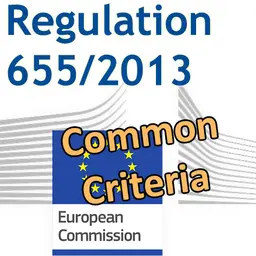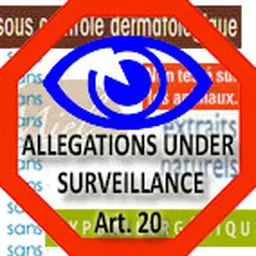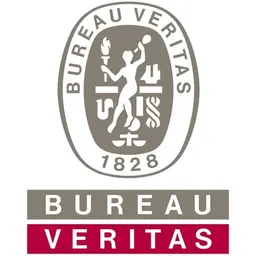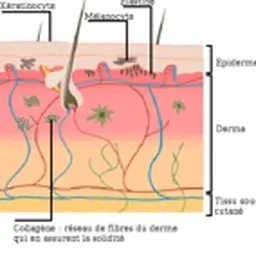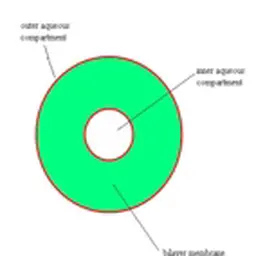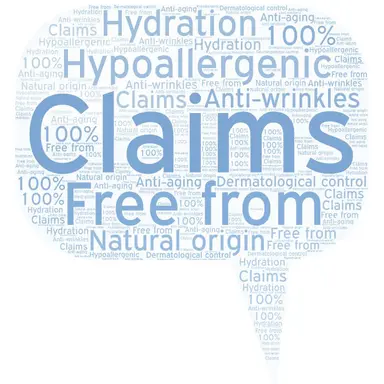
In cosmetics, a claim presents the characteristics of a product or promotes one (or more) of its qualities and/or its effectiveness. At European level, claims are regulated by the Cosmetics Regulation 1223/2009 and Regulation 655/2013 on Common Criteria.
In its Article 2 dedicated to the definitions of cosmetic terms, the European Regulation 1223/2009 (the basis of regulation in Europe in the sector) does not give any definition of a claim.
However, it devotes an entire article to it (Article 20), specifying that common criteria justifying the use of a claim must be established.
The basic idea of this provision is contained in Whereas 51 of this Regulation, which states that “the consumer should be protected from misleading claims concerning efficacy and other characteristics of cosmetic products.””
The Common Criteria were published in July 2013, via Regulation 655/2013. It too does not provide a definition, but specifies what it means by “claims”, in addition to listing the requirements they must meet in order to be used (requirements specified in Guidelines in 2013, then in a Technical Document in 2018). Thus, the text states:
• Claims for cosmetic products serve primarily to inform end-users of the characteristics and qualities of the products
• They are essential means of product differentiation
• They also contribute to stimulate innovation and competition
This leaves a wide scope for interpretation.
All the more so as Article 20 of the Cosmetics Regulation 1223/2009 implies …

